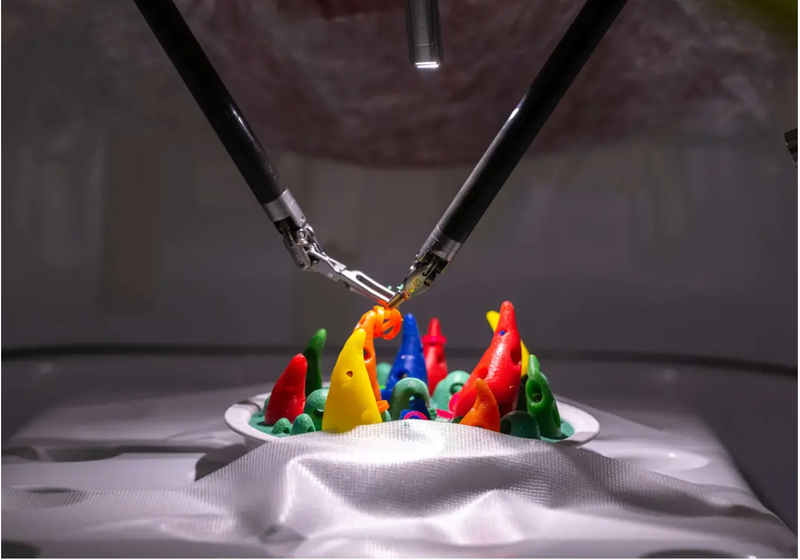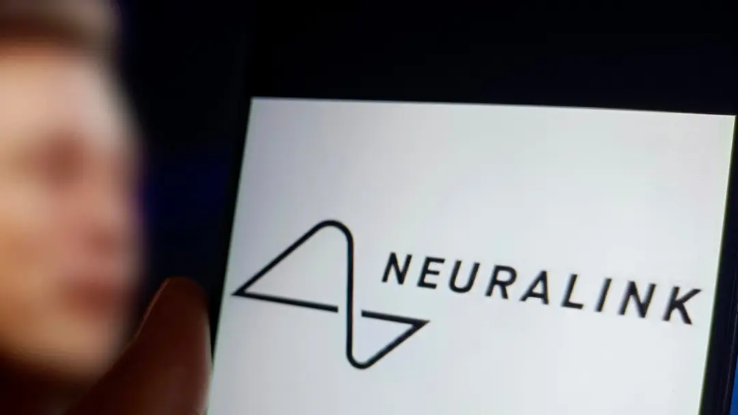NASA Receives Laser Beam Message From 10M Miles out in Space
A NASA spacecraft, called Psyche, has fired a near-infrared laser roughly 10M miles (16M km) through space back to the Hale Telescope at the California Institute of Technology's (Caltech) Palomar Observatory in San Diego County, Calif. The test data was sent about 40 times farther than the distan...

Facts
- A NASA spacecraft, called Psyche, has fired a near-infrared laser roughly 10M miles (16M km) through space back to the Hale Telescope at the California Institute of Technology's (Caltech) Palomar Observatory in San Diego County, Calif. The test data was sent about 40 times farther than the distance between the Earth and the moon — about 239K miles (384 km).1
- The mission, conducted by NASA's Deep Space Optical Communications project, was the first-ever use of a laser to send a message that far into space. While the agency has long used radio waves to communicate in space, this technology is believed to provide humans with the ability to stream video calls on Mars.2
- The test began at NASA's Jet Propulsion Laboratory (JPL), where engineers switched on the infrared laser, known as an uplink beacon — 50 seconds later, the Psyche received the laser and relayed its own laser signal back to the observatory. Though such a task requires incredible precision, it could allow space missions to send 10 to 100 times more information per unit of time than they currently do with radio waves.3
- Optical communication uses the same technology as fiber-optic internet. Light signals arrive just as fast as radio waves but can communicate significantly more information, which could offer high-bandwidth uploads and downloads.2
- The Psyche spacecraft was launched in October on SpaceX's Falcon Heavy rocket, and it's on a longer mission to explore a metal-rich asteroid that may shed light on Earth's origins.1
- The near-infrared technology — which packs the data into significantly tighter waves, enabling ground stations to receive more data — will help future robotic and human missions by supporting higher-resolution science instruments.1
Sources: 1FOX News, 2Business Insider and 3Space.
Narratives
- Narrative A, as provided by The Messenger. As NASA missions progress further and further into space, the agency will need to build strong communication systems for astronauts to stay in touch with family from far-away locations. This laser beam reception is the next step in what could be astronauts' ability to engage in high-definition video conferences from places like Mars. This test was an exciting development for future human space-faring activities.
- Narrative B, as provided by Scientific American. This test was a success, but global curiosity over space exploration doesn't mean we have to invest in the expensive technologies needed to send human astronauts millions of miles away. Earthly onlookers are just as excited to hear about robots on Mars as they are about the potential for a human landing — why risk continuing the trend of a 3% astronaut death rate when we can pursue the final frontier more safely and cost-effectively?






